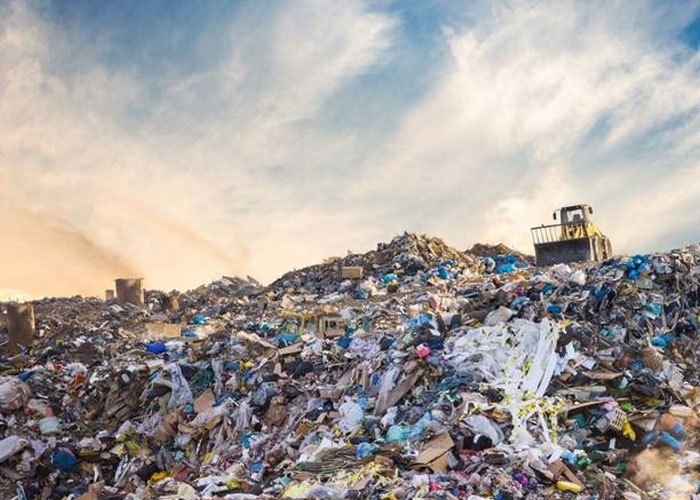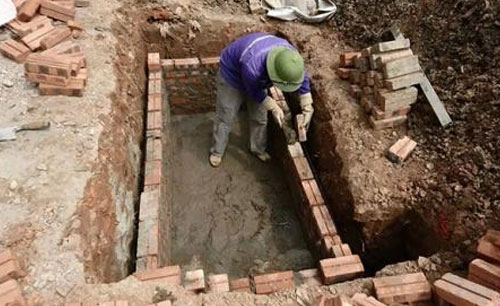The importance of onsite sanitation cannot be underestimated. Almost half of all respondents said it was essential to protect themselves from flooding. The study included a question about the types of onsite sanitation systems used. It looked at the water, solid waste, and excreta. It also examined the regulatory framework. Almost one-third of respondents had experienced flooding. Almost half of those surveyed had a septic tank without a soak-away pit. And about one-third of respondents had a pour-flush toilet connected to a pit.
Depending on the location of your home, you might have to purchase an STP to handle your sewage. Generally, residential buildings need at least one STP to treat sewage. Many STPs are located underground, making them difficult to maintain. Moreover, you may not be able to inspect them without hiring an expert. It is better to consult a professional if you have any doubts about the process.
Water
While implementing a WASH project, it is important to consider environmental and disaster resilience issues. The implementing staff should consider disasters in their region before constructing sanitation structures. Similarly, capacity-building activities should involve environmental and disaster-related components. In addition, beneficiaries and PRI officials should be involved in the process. After all, they are the ones who will benefit from the project. And they need to be informed about the benefits of WASH before they can make a decision.

A good SLWM program combines low-cost sanitation technologies with culturally appropriate methods. It should also adhere to applicable standards and legislation. This approach should be based on the Ministry's work and similar experiences by the World Bank. It should include a suite of practices that can be implemented at different levels and in a variety of environments. It should also take into account local material and construction choices and the capacity of local implementing partners.
Solid waste

There is an increasing demand for sustainable, cost-effective solutions to onsite sanitation problems. Despite the obvious advantages, there are many challenges in achieving this goal. In low-income countries, water and sanitation development programs are typically focused on drinking water provision. In 2002, the World Summit on Sustainable Development adopted the Millennium Development Goals, which include access to basic sanitation. However, onsite sanitation did not become a recognised sustainable option until 2003, when the US Environmental Protection Agency officially recognised the benefits of such systems.
While onsite sanitation for solid waste often involves manually emptying a tank or pit, other alternatives exist. Both options utilise the same basic components, but they use different methods. The first option, which requires no external intervention, relies on natural processes to decompose organic matter. Manual dumping can cause contamination and is often dangerous. In addition to its environmental and safety risks, manual emptying of a solid waste facility is often labour-intensive and inefficient.
Excreta
The concept of "SFD" is used in the construction of sanitary facilities. This process evaluates excreta flow from the point of production to final use. SFD analysis considers the flow of excreta in piped and non-piped networks, including handcarts, vacuum tankers, and trucks. It also includes treatment and end-use. To understand the sanitary benefits of SFD, it is necessary to define the various steps in the sanitation chain.
SFD is a planning tool for assessing sanitation performance in cities. Currently, the use of onsite sanitation is associated with 31 per cent of the population, while the usage of offsite sanitation is associated with 57 per cent of the population. In some cities, however, there is not enough information about the level of sanitation service. Only three cities have at least 75 per cent of their excreta managed safely. In addition, thirteen cities with less than 25% of their excreta managed responsibly.
Regulatory framework
Rapid urbanisation and laggard service delivery systems are creating a new landscape for onsite sanitation in cities. The development of sustainable sanitation services requires innovation in system design and continuous process improvement. The first step is to improve city planning and regulatory framework. Regulatory systems should ensure that households choose the right option for their onsite sanitation needs. They should also foster regular engagement and monitoring of onsite sanitation services. They should also identify areas that require desludging.
An inclusive regulatory framework is vital to ensuring inclusive sanitation. A policy and legal framework must address the entire sanitation service chain and create an enabling environment for development and delivery. Regulatory frameworks should address data collection and create data baselines for decision-making. In addition, regulatory frameworks must address the cost-benefit analysis of onsite sanitation services. This approach is critical to achieving SDG6 2030. It also helps to ensure the quality of services offered to the public.
Emptying norms
Among the factors that influence emptying norms for onsite sanitation, the perceived ability of residents to perform the task is a key factor. Moreover, the perceived ability of residents is influenced by their physical and socioeconomic conditions, as well as the availability of information and training. Residents who perceive that they are able to perform scheduled emptying are more likely to sign up for it. However, those who perceive that they are incapable of performing the task are less likely to sign up for regular emptying.
This study focuses on the relationship between perception and emptying behaviour and the importance of understanding this relationship when planning behavioural change interventions. For example, a person's perception of the emptying behaviour is influenced by their attitude, which affects the intention to perform the behaviour. As such, it is essential to change this perception first in order to modify the behaviour. The study also found that emptying norms varied significantly depending on respondents' beliefs.
Infrastructure
Infrastructure for onsite sanitation is critical to the safe management of wastewater. These facilities are a critical component of the sanitation service chain and are increasingly used across sectors. Many challenges are involved with this type of management, including a lack of space and resources. However, these problems can be overcome with proper infrastructure and technology. Achieving this goal will require the creation of public-private partnerships to implement the necessary measures. Here are three challenges facing onsite sanitation.
In many developing countries, households build onsite sanitation facilities. They collect the excreta, treat it and store it on site. But the cost of constructing these facilities is prohibitive, especially in low and middle-income countries (LMICs). The solution is to build sewers that connect all households. But in LMICs, sewers are impractical because they are expensive and often unreliable. Therefore, onsite sanitation facilities are a more cost-effective option.







































Share Post